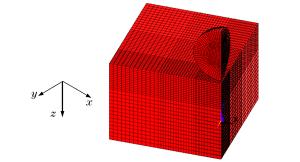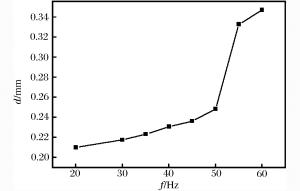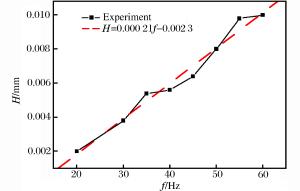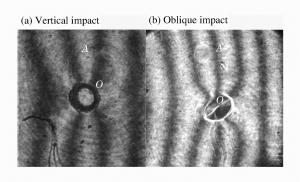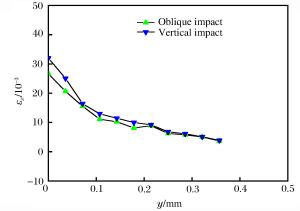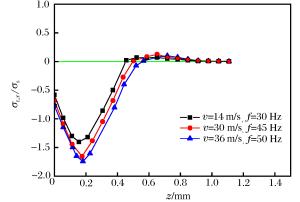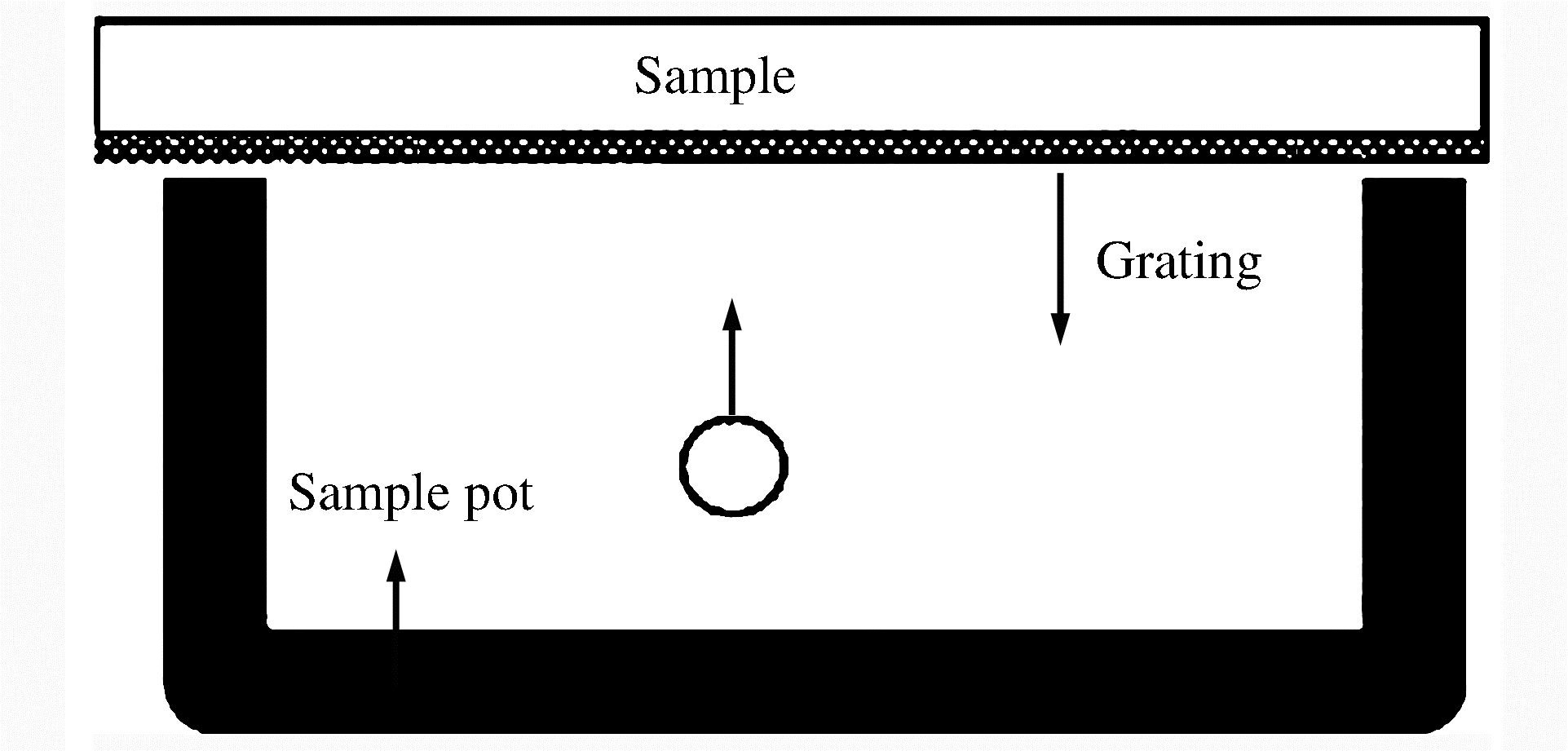| [1] |
Marteau J, Bigerelle M, Mazeran P E, et al. Relation between roughness and processing conditions of AISI 316L stainless steel treated by ultrasonic shot peening[J]. Tribology International, 2015, 82:319-329. doi: 10.1016/j.triboint.2014.07.013
|
| [2] |
Ganesh B K C, Sha W, Ramanaiah N, et al. Effect of shotpeening on sliding wear and tensile behavior of titanium implant alloys[J]. Materials and Design, 2014, 56(4):480-486. http://www.wanfangdata.com.cn/details/detail.do?_type=perio&id=d2428b4f6fa62767ff66efd3f8f0b4cd
|
| [3] |
Benedetti M, Fontanari V, Santus C, et al. Notch fatigue behavior of shot peened high-strength aluminium alloys: Experiments and predictions using a critical distance method[J]. International Journal of Fatigue, 2010, 32(10):1600-1611. doi: 10.1016/j.ijfatigue.2010.02.012
|
| [4] |
栾伟玲, 涂善东.喷丸表面改性技术的研究进展[J].中国机械工程, 2005, 16(15):1405-1049. doi: 10.3321/j.issn:1004-132X.2005.15.023Luan Weiling, Tu Shandong. Recent trends on surface modification technology of shot peening[J]. China Mechanical Engineering, 2005, 16(15):1405-1049. doi: 10.3321/j.issn:1004-132X.2005.15.023
|
| [5] |
Al-Obaid Y F. Shot peening mechanics: experimental and theoretical analysis[J]. Mechanics of Materials, 1995, 19(2/3):251-260. http://d.old.wanfangdata.com.cn/NSTLQK/NSTL_QKJJ0211961014/
|
| [6] |
Menig R, Pintschovius L, Schulze V, et al. Depth profiles of macro residual stresses in thin shot peened steel plates determined by X-ray and neutron diffraction[J]. Scripta Materialia, 2001, 45(8):977-983. doi: 10.1016/S1359-6462(01)01063-6
|
| [7] |
Xing Y M, Lu J. An experimental study of residual stress induced by ultrasonic shot peening[J]. Journal of Materials Processing Technology, 2004, 152(1):56-61. http://www.wanfangdata.com.cn/details/detail.do?_type=perio&id=f4518f2da0effa1755be7dca1bc56be4
|
| [8] |
张洪伟, 张以都, 吴琼.喷丸强化过程及冲击效应的数值模拟[J].金属学报, 2010, 46(1):111-117. http://www.wanfangdata.com.cn/details/detail.do?_type=perio&id=CAS201303040000302556Zhang Hongwei, Zhang Yidu, Wu Qiong. Numerical simulations of shot-peening process and impact effect[J]. Acta Metallurgica Sinica, 2010, 46(1):111-117. http://www.wanfangdata.com.cn/details/detail.do?_type=perio&id=CAS201303040000302556
|
| [9] |
Taehyung K, Hyungyil L, Hong C H, et al. Effects of Rayleigh damping, friction and rate-dependency on 3D residual stress simulation of angled shot peening[J]. Materials and Design, 2013, 46(4):26-37. http://www.wanfangdata.com.cn/details/detail.do?_type=perio&id=1ab77b975ca1cdf02a33903920abb275
|
| [10] |
Taehyung K, Hyungyil L, Minsoo K, et al. A 3D FE model for evaluation of peening residual stress under angled multi-shot impacts[J]. Surface & Coatings Technology, 2012, 206(19/20):3981-3988. http://www.sciencedirect.com/science/article/pii/S0257897212002599
|
| [11] |
Sheng X F, Xia Q X, Cheng X Q, et al. Residual stress field induced by shot peening based on random-shots for 7075 aluminum alloy[J]. Transactions of Nonferrous Metals Society of China, 2012, 22:261-267. doi: 10.1016/S1003-6326(12)61717-8
|
| [12] |
Mylonas G I, Labeas G. Numerical modeling of shot peening process and corresponding produces: Residual stress, surface roughness and cold work prediction[J]. Surface & Coatings Technology, 2011, 205(19):4480-4494. http://www.sciencedirect.com/science/article/pii/S0257897211002696
|
| [13] |
Watanabe M, Kishimoto S, Xing Y M, et al. Evaluation of strain field around impacted particles by applying electron Moiré method[J]. Journal of Thermal Spray Technology, 2007, 16(5):940-946. doi: 10.1007/s11666-007-9129-1
|
| [14] |
Schiffner K, Helling C D. Simulation of residual stresses by shot peening[J]. Computers & Structures, 1999, 72(1/2/3):329-340. http://www.sciencedirect.com/science/article/pii/S0045794999000127
|
| [15] |
Meguid S A, Shagal G, Stranart J C, et al. Three-dimensional dynamic finite element analysis of shot-peening induced residual stresses[J]. Finite Elements in Analysis and Design, 1999, 31(3):179-191. doi: 10.1016/S0168-874X(98)00057-2
|
| [16] |
Meo M, Vignjevic R. Finite element analysis of residual stress induced by shot peening process[J]. Advances in Engineering Software, 2003, 34(03):569-575. doi: 10.1016-j.clon.2010.02.005/
|
| [17] |
Umbrello D, Saoubi R M, Outeiro J C. The influence of Johnson-Cook material constants on finite element simulation of machining of AISI 316L steel[J]. International Journal of Machine Tools & Manufacture, 2007, 47(3/4):462-470. http://www.wanfangdata.com.cn/details/detail.do?_type=perio&id=da2b63f7ce1c3f04be8bf54f29588b1e
|
| [18] |
Wang J M, Liu F H, Yu F, et al. Shot peening simulation based on SPH method[J]. The International Journal of Advanced Manufacturing Technology, 2011, 56(5/6/7/8):571-578. http://d.old.wanfangdata.com.cn/Periodical/sdgydxxb201006013
|







 下载:
下载:

